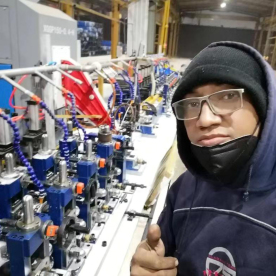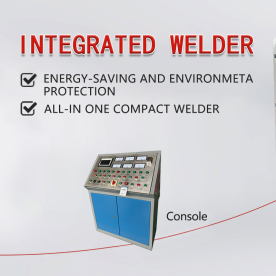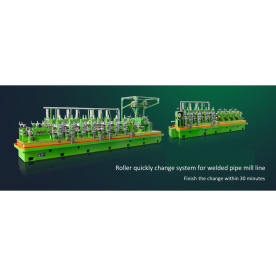[Induction heating equipment]The Advantages of Induction Heating Equipment: Revolutionizing Manufacturing Processes Through Efficient and Precise Heating Solutions
News 2024-8-18
****Induction heating equipment has emerged as a pivotal technology in manufacturing and processing industries, offering remarkable advantages over traditional heating methods. As industries continue to evolve and seek faster, more efficient production techniques, induction heating has surfaced as a leading solution, encompassing a range of applications from metal hardening to soldering and automotive assembly. This article delves into the various benefits of induction heating equipment, its operational principles, areas of application, and the impact it has on enhancing productivity and ensuring precision in heating processes.
Induction heating operates on the principle of electromagnetic induction, where an alternating current passes through a coil, creating a magnetic field. When a conductive material is placed within this magnetic field, an electric current, known as eddy current, is induced within the material. This process generates heat due to the resistance of the material to the induced current, allowing for rapid heating without direct contact or excessive energy waste. This remarkable efficiency is one of the key reasons why induction heating equipment is gaining rapid traction across various sectors.
One of the most significant advantages of induction heating equipment is its speed. Traditional heating methods often require significant time to reach the desired temperatures, leading to increased cycle times and potentially reduced productivity. In contrast, induction heating can achieve target temperatures almost instantaneously. This remarkable speed not only expedites production but also allows for more frequent cycles, ultimately enhancing operational efficiency.
Moreover, induction heating offers exceptional energy efficiency. Conventional heating methods often dissipate heat into the environment, resulting in considerable energy losses. Induction heating equipment, however, directs energy specifically into the part being heated, minimizing heat loss and maximizing energy use. Numerous studies indicate that induction heating can achieve efficiencies of over 90%, which is substantially higher than that of conventional heating techniques. This efficiency translates into reduced energy costs, making induction heating not only a more sustainable option but also an economically sensible one.
The precision offered by induction heating equipment further sets it apart from traditional heating methods. With the ability to control temperatures accurately, manufacturers can ensure that their processes are performed under optimal conditions. This precision is particularly crucial in applications such as metal hardening, where it is essential to achieve specific temperatures for predictable and uniform results. Additionally, the capacity to adjust heating parameters on-the-fly allows for greater flexibility in production, accommodating changes in material specifications or production schedules without significant downtime.
Furthermore, induction heating minimizes risks associated with traditional heating methods. For instance, because induction heating does not involve an open flame or exposed heating elements, the likelihood of combustion or other hazards is significantly reduced. This safety aspect is paramount, especially in industries handling flammable materials or operating within confined spaces.

The Advantages of Induction Heating Equipment: Revolutionizing Manufacturing Processes Through Efficient and Precise Heating Solutions

The Advantages of Induction Heating Equipment: Revolutionizing Manufacturing Processes Through Efficient and Precise Heating Solutions

